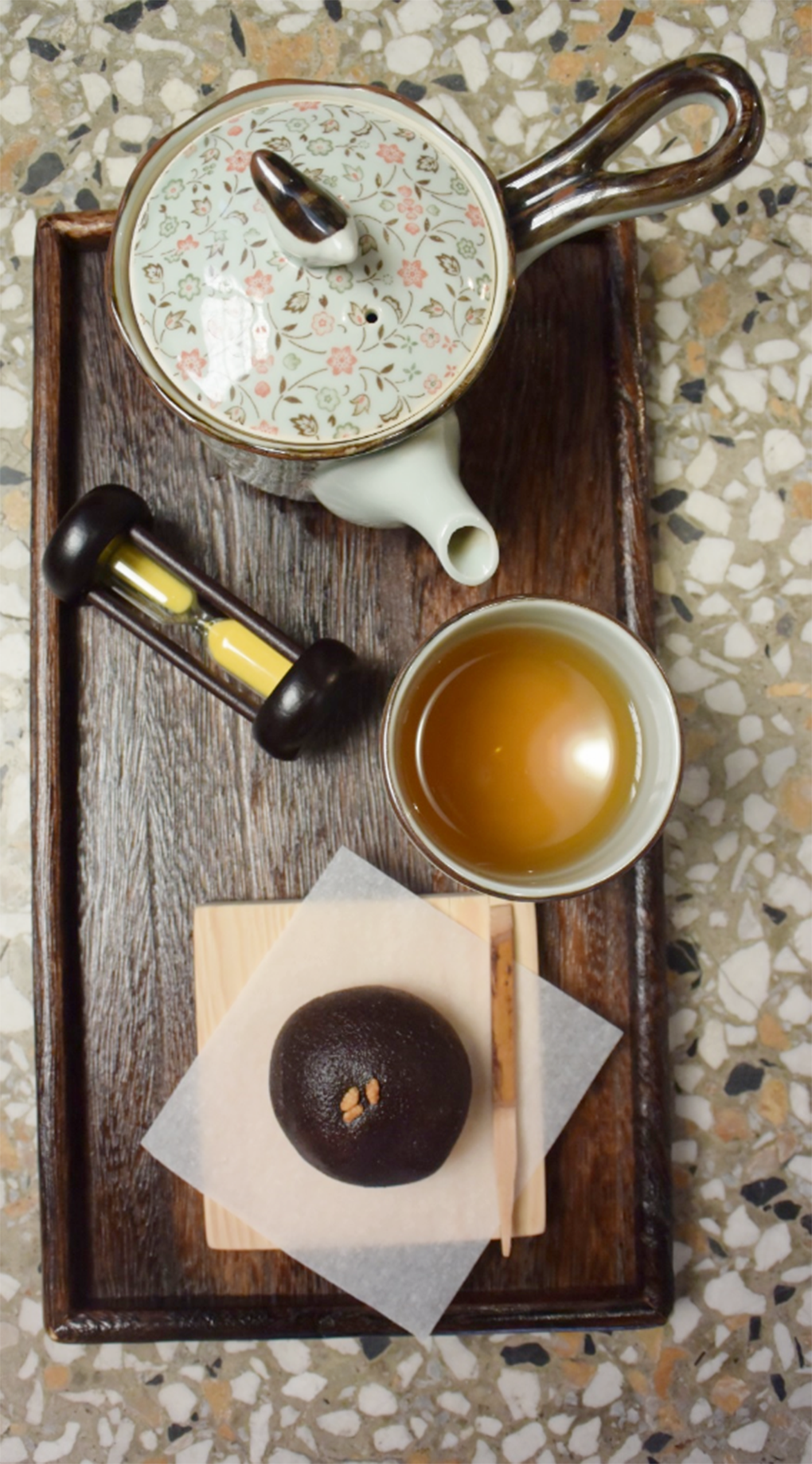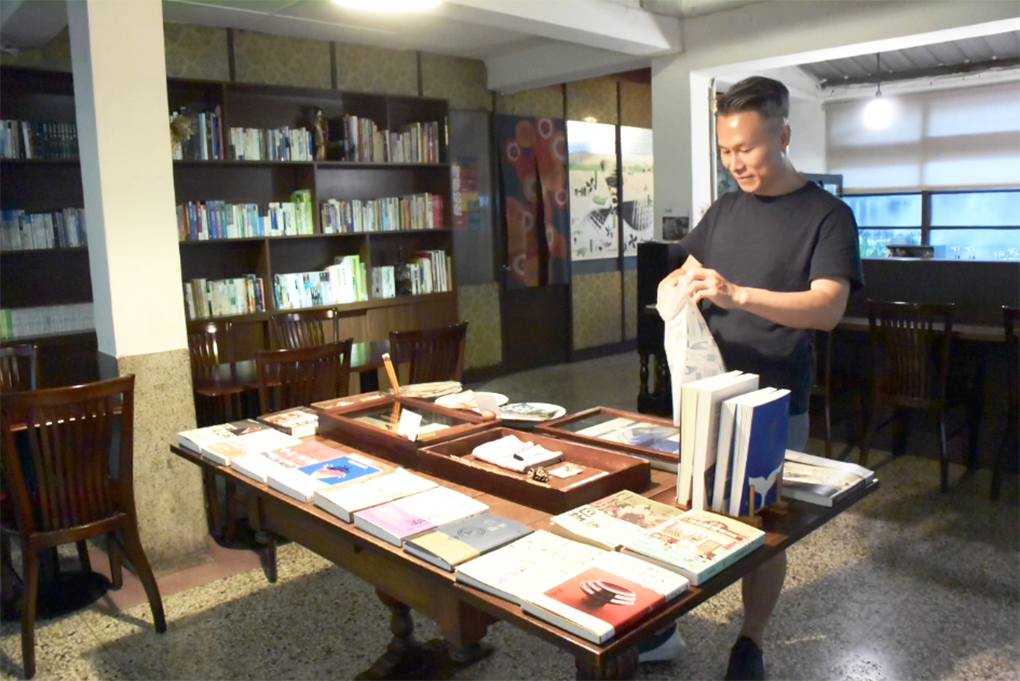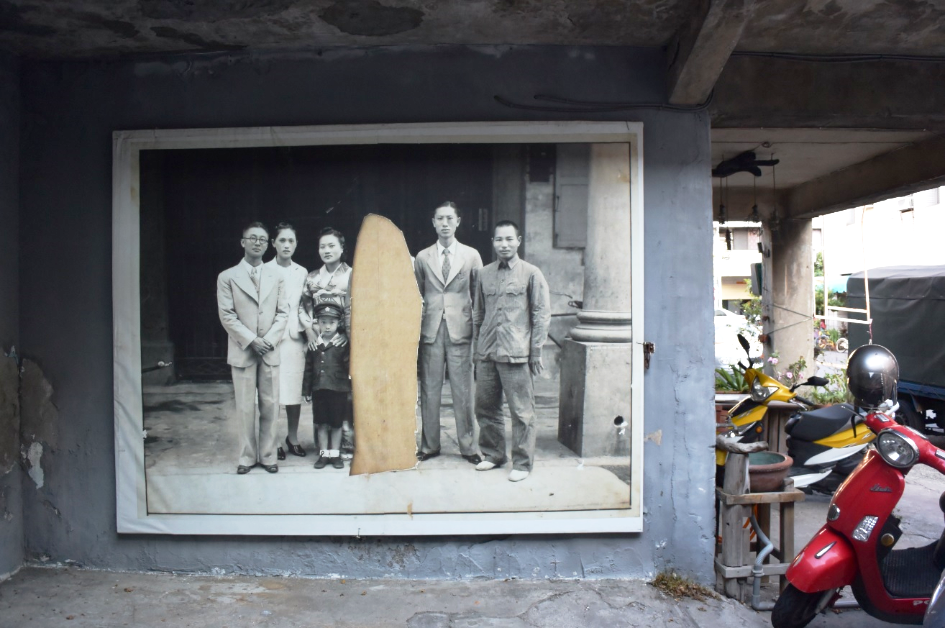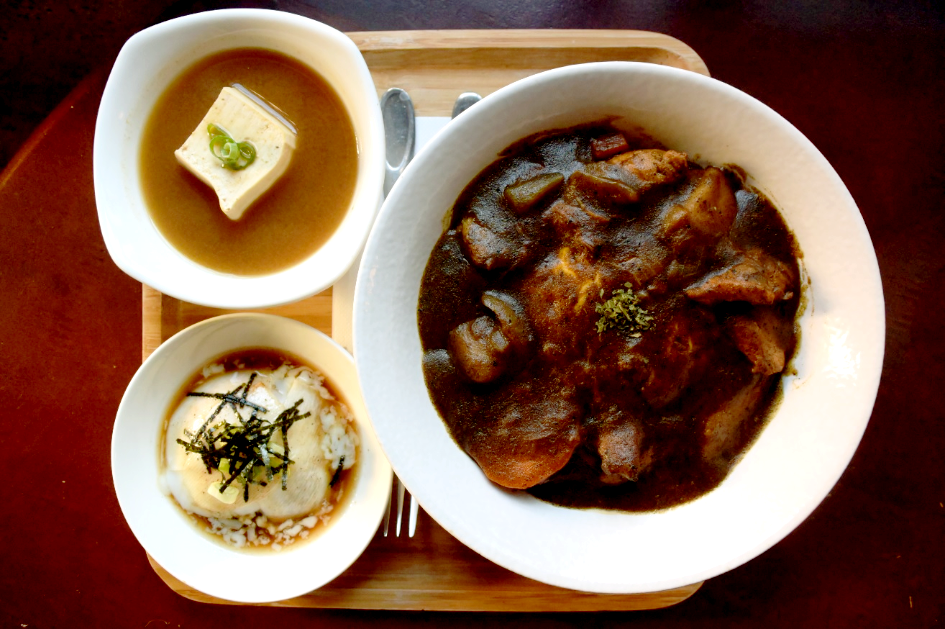Lessons from the Past: Café Hifumi, Kaohsiung 書店喫茶 一二三亭
by Qian Leung
@ 07 Sep 2018

In 1895, the Qing Dynasty lost the island of Taiwan to the Japanese. Located on the southern coast of the island, Kaohsiung was a strategic naval base from which the Japanese intended to occupy Malaysia, Singapore, and Indonesia. Therefore much effort had been made to develop the land, until their defeat 50 years later in World War II.

Inn 1-2-3 on a 1929 map
Hamasen (‘coastal line’), a piece of land reclaimed off the shore of Kaohsiung by the Japanese, was named for the railway lines that passed through it. As the first part of Kaohsiung to be modernised, with the installation of running water and electricity, Hamasen became a residential area for the Japanese. Housed in a 98-year-old building in this district is
Cafe Hifumi (‘one-two-three’), which serves drip coffee with cheesecake and Taiwanese honey scented black tea with ohagi (sweet rice in red beans).

honey scented black tea with ohagi
Back then, the two-storey building was known as ‘Inn one-two-three’, and served Japanese haute cuisine, along with entertainment by dancers and musicians known as geisha. Originally built from wood, the structure was later fortified with terrazzo, and fitted with frosted glass and wrought-iron frames – a mix of Japanese, Taiwanese, and European techniques. “Five years ago, the government wanted to demolish this building,” says Dennis Chen, 42, who’s been running cafes for 20 years.

history buff Dennis Chen
A love for history propelled him to ‘occupy’ the building by setting up shop in it. “If we don’t, young people will no longer know about the history behind it.” An example is the black and white photo you see on the ground floor, which is missing one person. “It belongs to the granddaughter of the man who stays two doors down,” says Chen. The man, who stands on the far left of the photo, was an intellectual who disappeared during White Terror in the 1950s.
“To prevent a fellow scholar from being identified and snatched away by intelligence officers, his family defaced the photo.” On a table are books about politics in Taiwan, Japan, and the world, along with wood handicrafts of hot cakes made by Chen’s wife. The signature pancakes are popular with tourists, as are black curry, originally developed by Japanese naval chefs, served with chicken chunks, carrots, and potatoes.
Adapted from the
Sep Oct 18 issue of Cuisine & Wine Asia.
 In 1895, the Qing Dynasty lost the island of Taiwan to the Japanese. Located on the southern coast of the island, Kaohsiung was a strategic naval base from which the Japanese intended to occupy Malaysia, Singapore, and Indonesia. Therefore much effort had been made to develop the land, until their defeat 50 years later in World War II.
In 1895, the Qing Dynasty lost the island of Taiwan to the Japanese. Located on the southern coast of the island, Kaohsiung was a strategic naval base from which the Japanese intended to occupy Malaysia, Singapore, and Indonesia. Therefore much effort had been made to develop the land, until their defeat 50 years later in World War II.



